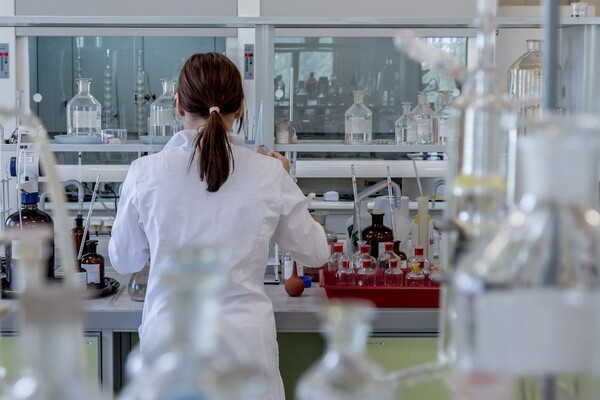
The international journal Nature has compiled the performance of countries, universities, and companies in anticancer research worldwide, but Korea did not even make the list.
According to the Bioeconomy Research Center of the Korea BIO, an industry association, Nature released the results of the share of 200 institutions, including countries, universities, and companies, which lead research in the field of cancer by announcing Nature Index last Wednesday (local time).
The Nature Index is the most authoritative indicator in basic science, as it analyzes the contribution of papers, number of co-authors, and weighting by discipline for research institutions that have published outstanding research results.
The top five countries in this global leaderboard are the United States, China, the United Kingdom, Germany, and Japan, with the United States leading the pack. However, from 2020 to 2022, the gap has narrowed dramatically, with the U.S. share decreasing by 20 percent and China increasing by 25 percent over the period.
From 2018 to 2022, Harvard University had the largest share of the cancer field, followed by the Chinese Academy of Sciences. During the period, Harvard published 2,605 cancer research papers, while the Chinese Academy of Sciences published 2,081.
Specialized cancer centers dominated the percentage of research focus on cancer by institution, with the University of Texas MD Anderson Cancer Center in Houston and Memorial Sloan Kettering Cancer Center in New York City publishing 1,116 and 963 papers, respectively.
The Nature Index shows that major governments spend billions of dollars on tumor research yearly. The United States, in particular, has helped to establish cancer research as a cornerstone of scientific activity.
By region, North America was the top funder of cancer research. Between 2018 and 2022, the region spent $13.1 billion (about 17.5 trillion won) on 10,280 studies. The top institutional funder was the U.S. National Cancer Institute (NCI); all the top five funders were in the United States.
In Europe, the European Commission (EC), which supports cancer research through the EU's Horizon funding program, is the largest funder, providing $2.5 billion (3.3 trillion won) in 2018-2022 for nearly 1,300 cancer research projects. The U.K.'s Medical Research Council and the Belgium-based European Research Council were the second and third largest funders.
In the Asia-Pacific region, the Japan Society for the Promotion of Science was the top funder with $860 million (1.14 trillion won) between 2018 and 2022, supporting 15,665 cancer research projects.
The National Natural Science Foundation of China followed with $810 million to support 11,910 cancer research projects. In third and fourth place were Australia's National Health and Medical Research Council and the Department of Health, and fifth place went to Japan's Agency for Medical Research and Development (AMED). AMED was established by Japan in 2015 as a medical R&D control tower.
Korea did not make the cut in the national research performance and research funding based on institutional indicators.
However, six Korean universities and the Samsung Group put their names on the list. Of the top 200 universities, Seoul National University ranked 58th, Yonsei University 111th, Korea Advanced Institute of Science and Technology (KAIST) 144th, Korea University 173rd, POSTECH 177th, and Sungkyunkwan University 184th. Samsung Group was the only Korean company in the top 25, taking the 22nd place.
Some industry officials blamed the lack of the government’s R&D support budget for Korea’s poor performance.
"The publisher of this index did not make specific comments in the anticancer area. But the purpose of the Nature Index is to send a message that ‘countries with more R&D investment perform better’ or ‘R&D results are produced only when there is investment,’” an industry executive said.

